Knowing the direction you want to take your wine before aging is a key cog in developing flavors, depth, and brightness to the final product.
For Page Springs Cellars, the wine production team conducts blind “batch assessments” of every newly produced wine as soon as fermentations are complete.
“We critique each wine and discuss its desired direction while establishing a plan of action,” said Brand Manager Lukas Bernard. “These wines are then reassessed early after any strategies are implemented to evaluate our initial decisions and guide them towards our desired state.”
The Arizona winery’s barrel-aging program primarily leans heavily on neutral French Oak vessels, Bernard explained.
Determining strategies for usage in wooden barrels and blending along with wines that are stainless steel fermented can be up to each individual winery in choosing direction and style.
But sometimes, storage is an issue that can also determine how a wine’s direction must go.
“I wish I could do all my eds in 100% barrels but my storage capacity limits what we can do each year,” said Cannon River Winemaker Sam Jennings.
For the Minnesota winery’s higher-end American hybrids — such as Marechal Foch and Marquette — Jennings said he does as much as possible in barrels for the winery’s Reserve and Estate programs.
“Anything left over goes into stainless,” he said. “I am not a big fan of “oak alternatives” such as bags of cubes, chips or tank staves, so whatever goes into stainless usually stays natural.”
When the production team gets into blending mode, Jennings said they will sort through barrels.
“Anything that doesn’t meet the profile for the Reserve and Estate programs gets blended with the stainless aged reds,” he said. “It’s not a perfect world, but it works for our facility very well.”
Charlie Edson — the founder and Senior Winemaker for Michigan’s Bel Lago Vineyards — said his goal is to match the barrel regime with the aromatic and textural goals for the wine.
“This means careful selection of the type of wood, the mix of new and older barrels, and of course, toast levels,” he said. “Length of time in barrels is also important to balance the oak impact and subsequent integration, particularly with a longer time in the barrel.”
A shorter time gives a greater aromatic impact while longer time gives richness, complexity, integrated oak flavors, he said.
“All these factors must match the desired wine style,” Edison said. “We typically age wines in barrels for 8-36 months, depending on the wine.”
Occasionally Bel Lago will mix tank-fermented wines with barrel-aged wine, particularly if they wish to bring a fresh, aromatic “pop” to a barrel-aged wine that will augment the richness and weight gained in a barrel.
At Tassel Ridge Winery, owner Bob Wersen said many of the Iowa winery’s red wines tend to be fruit-forward and sweet so barrel-aging would not be useful.
“Some of our dry red wines do see a little barrel aging but we think oak is not very useful for wines made with Northern Climate grapes,” he explained. He added that Tassel Ridge uses some barrels, usually French oak with medium toast made by Tonnellerie Radoux in Santa Rosa, California.
Bel Lago purchases a mix of French and American oak barrels from several suppliers, Edison said.
“This varies each year based on the wines we anticipate making,” he explained, adding that Bel Lago uses French Oak exclusively for its Pinot Noir and Chardonnay, and American and French Oak in varying percentages for blended reds and other red varietals.
When it comes to care, Jennings said there is no substitute for steam-cleaning barrels.
“Steam coupled with a high-pressure barrel rinse like a Gamma Jet barrel cleaner or similar high pressure/temp rinse system ensures you’re doing all you can to keep your barrel program sound,” he said. “If you look at big wineries out west with 10,000-barrel programs they all use steam and high-pressure rinse to protect their wines and barrel investment.
Page Springs typically turns over a small handful of barrels each year due to structural damage or spatial needs. Bernard said that structural issues can include leaky heads and staves, as well as cracked bungholes.
Turnover is very low for Bel Lago, as it ages some whites in neutral Oak, so Edison says they value the careful maintenance of barrels with some barrels being used for up to 25 years.
“When removing a barrel from production, we consider the soundness of the barrel — does it leak? — and check carefully for any off aromas.
“If either is found the barrels are retired.“
Using a good mix of American Oak, French Oak, and European Oak in the Cannon River program, Jennings said they usually hang onto barrels for 5-6 years to help keep costs low.
“Typically we do a third of new oak barrels per variety each year, we are not making oak-bomb California reds out in Minnesota and the hybrids tend to take a lot less oak to get to where I want them to be,” he explained.
Cannon River’s SOP for a smaller facility is to keep everything full while Jennings said to use your nose and anything questionable gets tossed out.
Another tip he shared was if they have questionable fruit coming in that may have Brettanomyces they will opt to keep that press out of the barrel program altogether.
Under the MAWBY brand, the winery only makes sparkling wines and uses just stainless steel for fermenting and aging. But the Michigan brand does use some barrels for another brand. There, said Winemaker Mike Laing, neutral barrels can be stored full of water and dosed with a blend of Potassium Metabisulfite and citric acid for storage.
“Sulfur gas can be added to empty newer barrels, then sealed, and re-gassed every month,” he said. “To refresh a barrel one can steam, bung for two minutes, then rinse.”
Jennings is also a firm believer in keeping barrels full.
“It takes some planning to ensure your barrels are always full of wine, but in my experience keeping empty barrels around for months is never a good idea,” he said.
Photos courtesy Tassel Ridge Winery & Page Springs Cellars

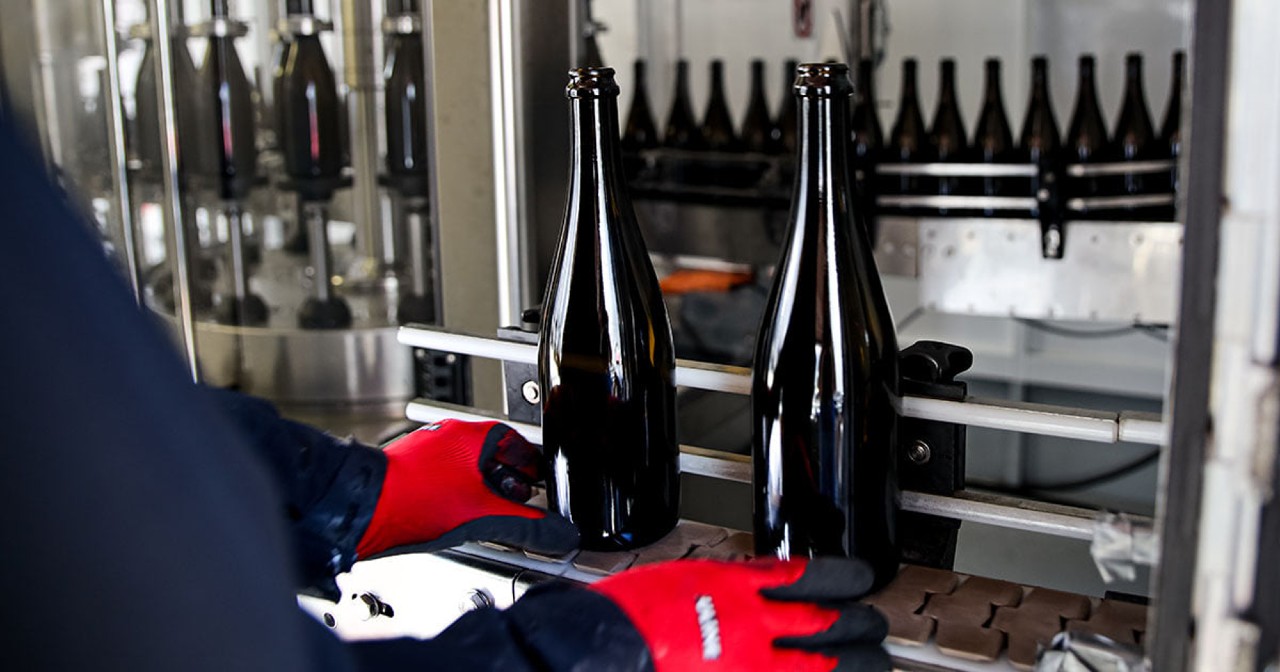
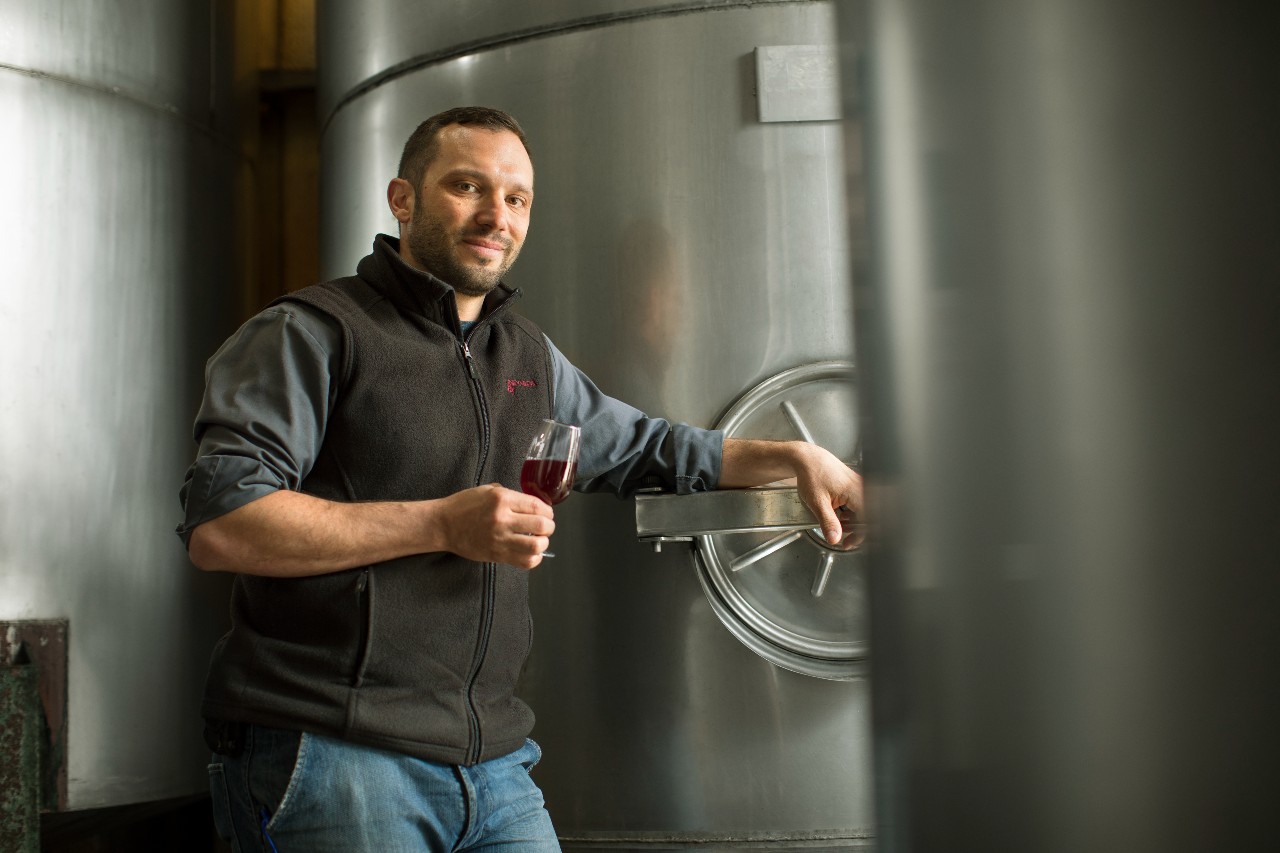
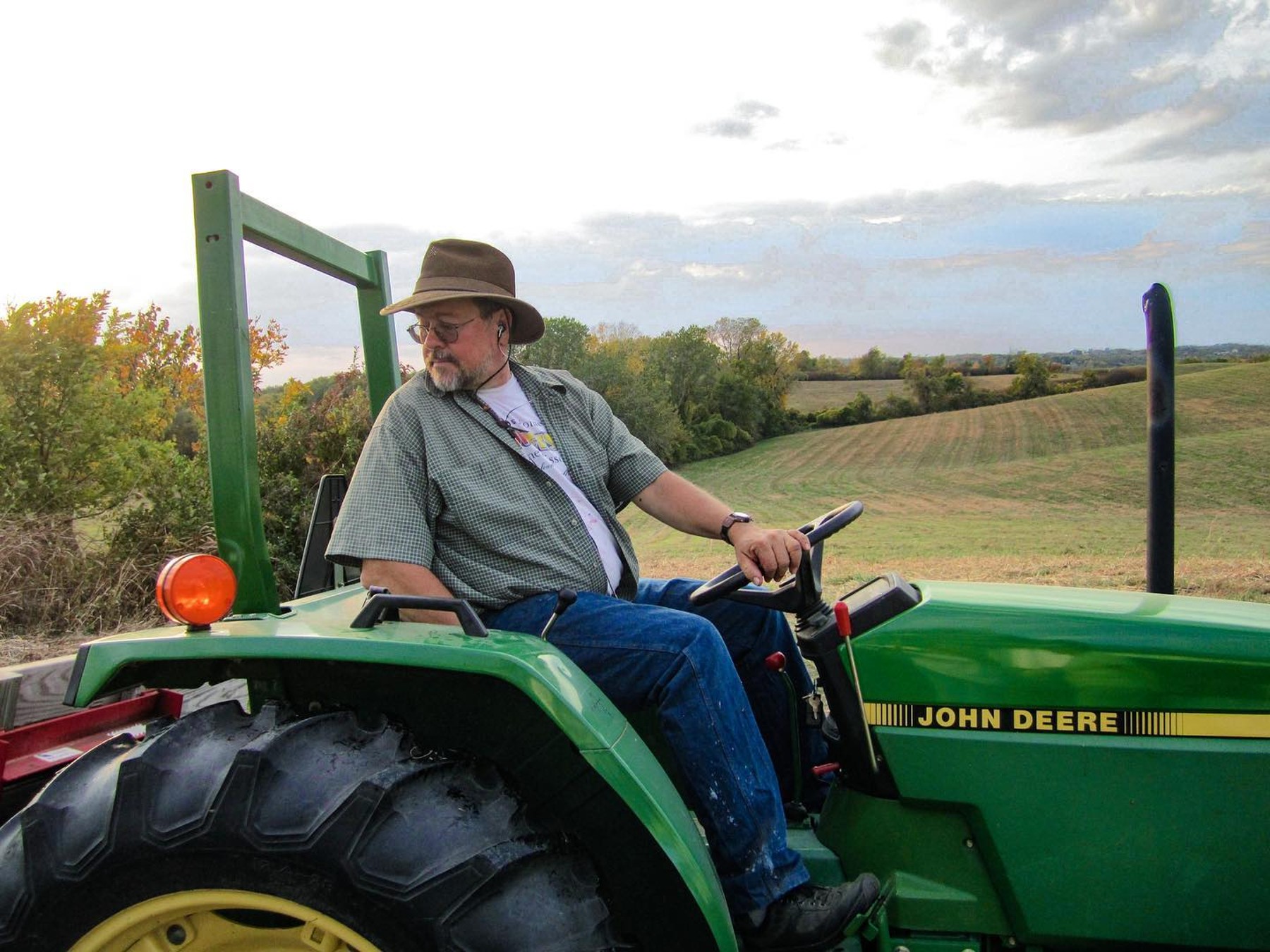
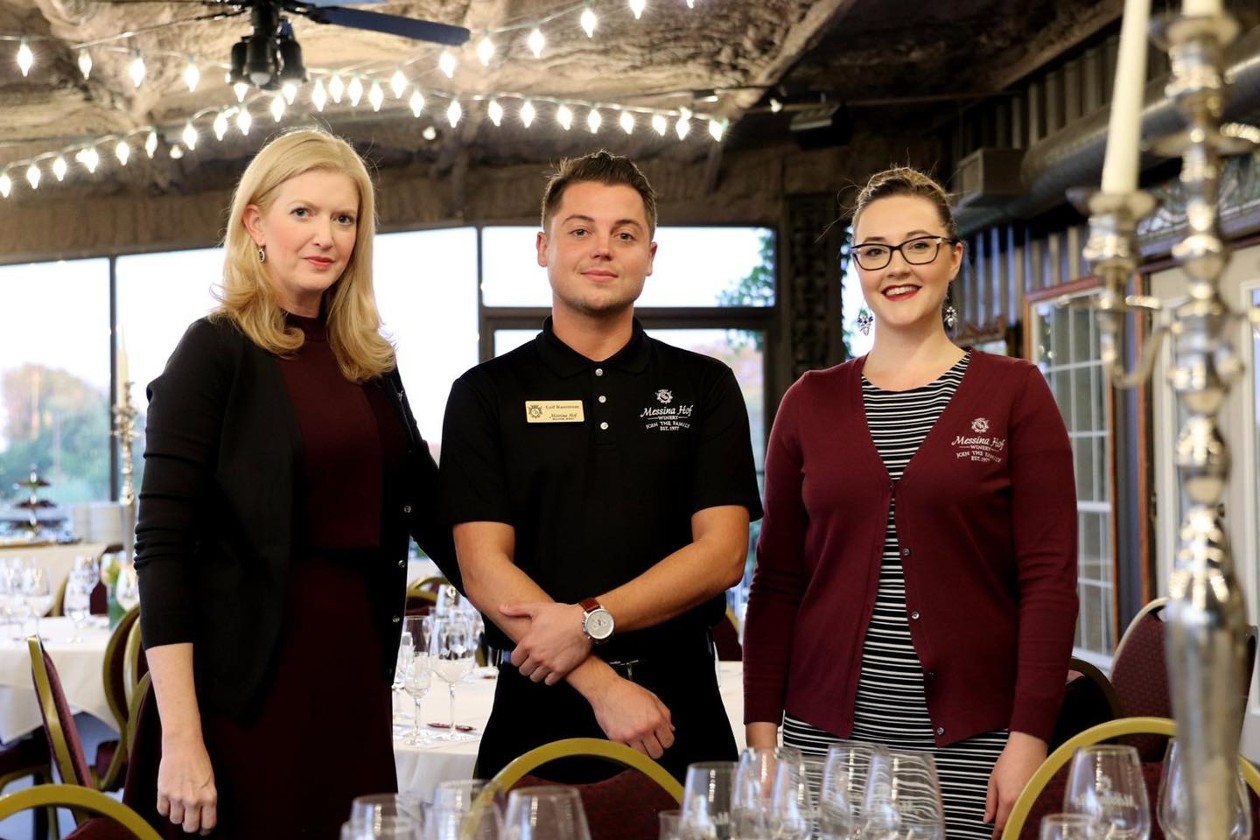
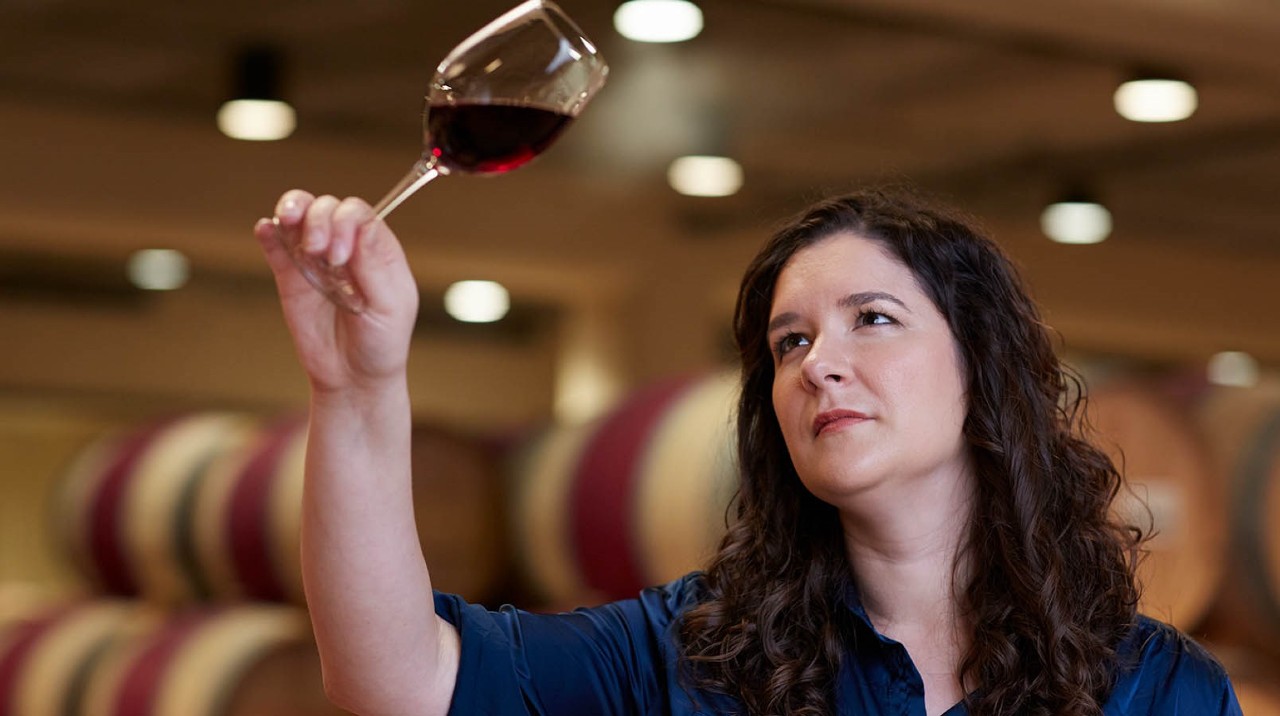

Be the first to comment